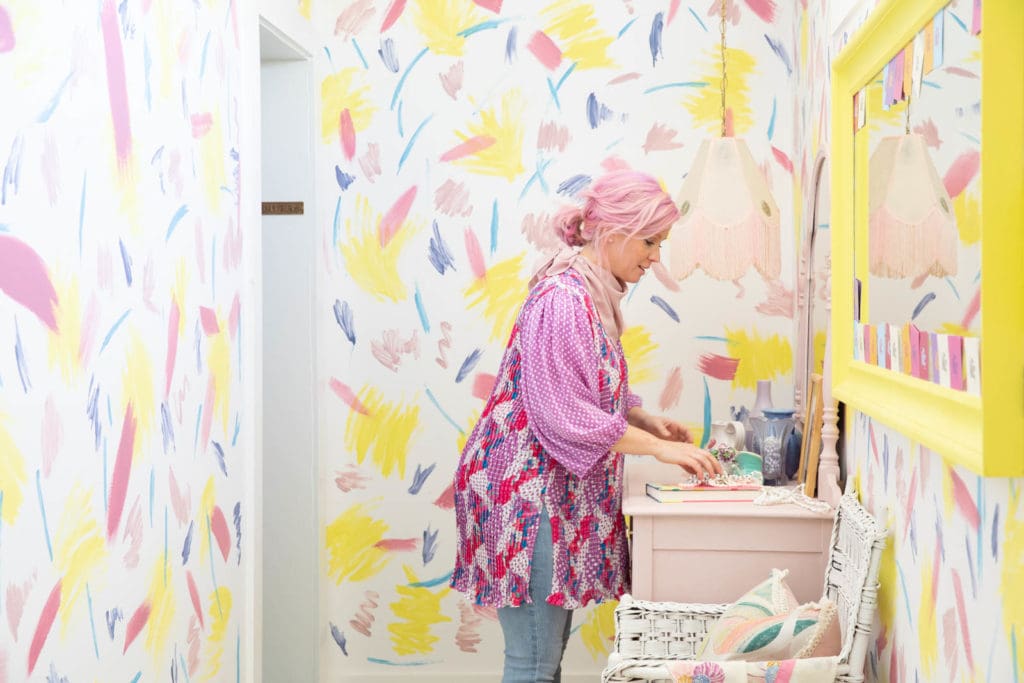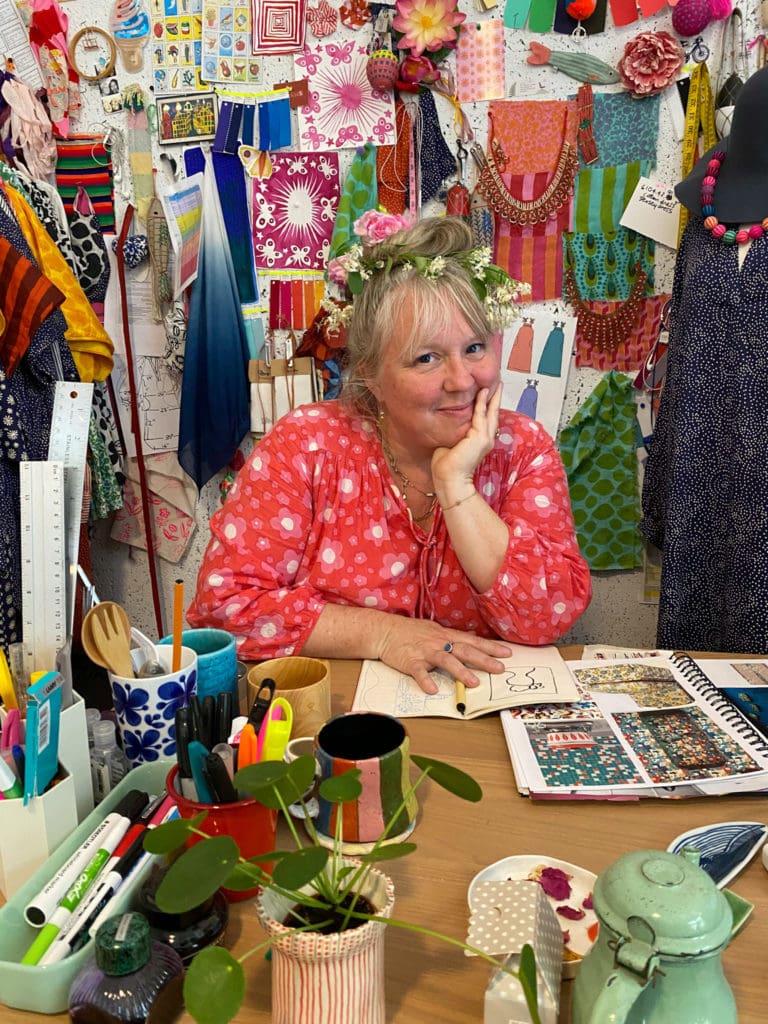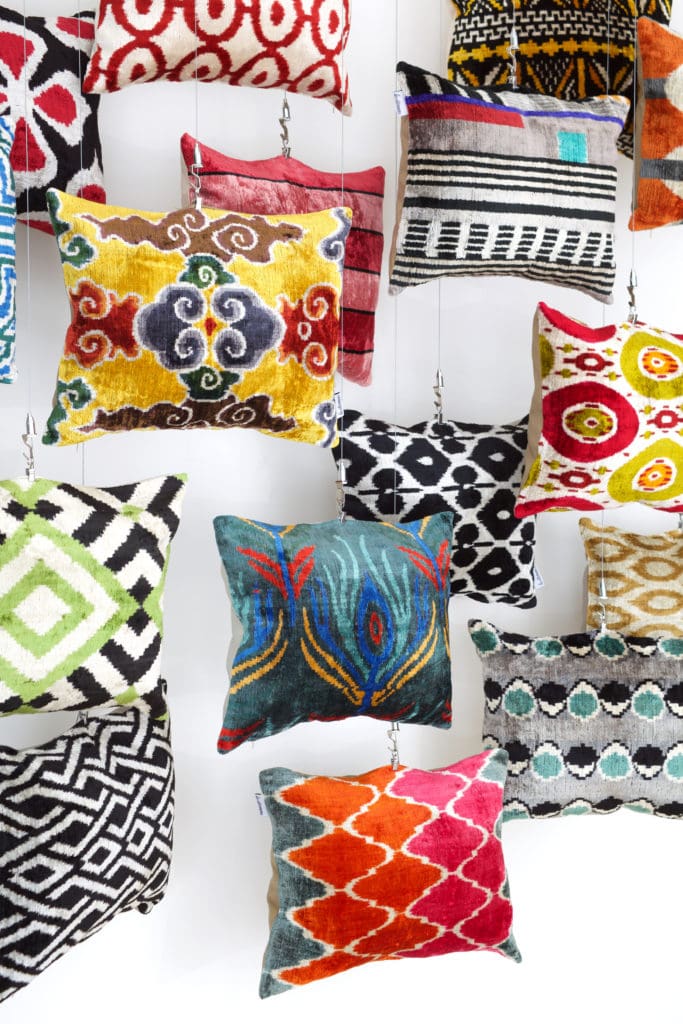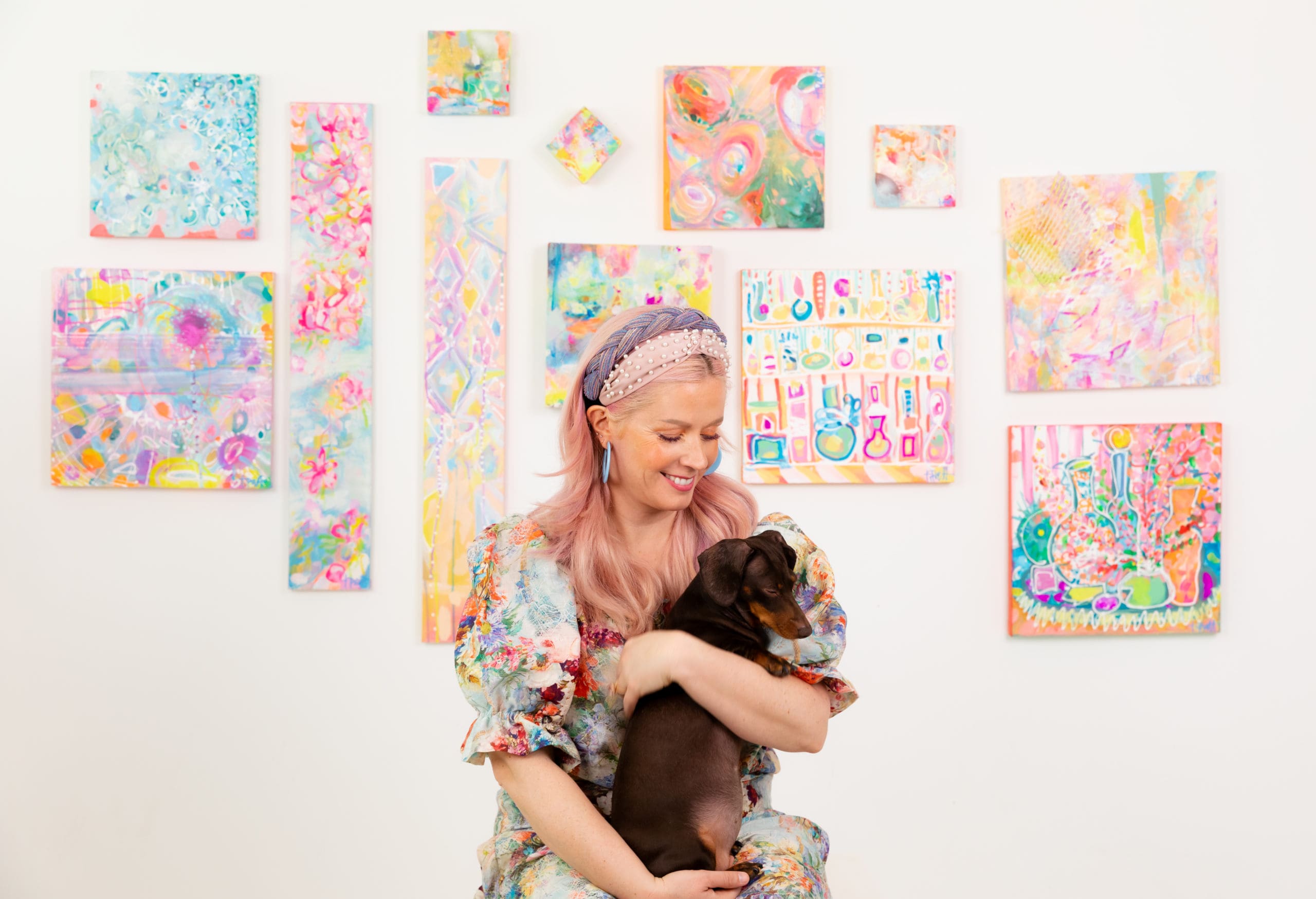Now that we’re spending most of our time at home, making our indoor spaces a thriving environment for work, play and everything in-between is paramount. And if your plain white walls are starting to feel drab and stifling, you’re not alone. Enter maximalism, the buzz-worthy home décor trend that’s breathing new life into our dwellings.

Maximalism has earned a reputation for being “over the top”—think riotous colours, clashing patterns and sumptuous textures all in one room. But there is some method to this madness even if it’s not immediately apparent.
“Coming home to so much stuff or colour could feel very claustrophobic for some people. But, for me, maximalism is about showing and having everything that you love around you to fill your cup,” Toronto-based multi-disciplinary designer Tiffany Pratt discloses. Kate Austin, another Toronto-based fashion and home designer, agrees. In her words, a maximalist home radiates “happy chaos” with “prints and patterns of every style all in a jolly jumble.” Her brightly-striped Shigras baskets, handmade by Quechua women in the Andes, immediately come to mind.
On why maximalism is having a moment now, both pros cite it as the natural swing of the (design) pendulum. “Minimalism was such a huge trend for so long, and we are craving something different,” Austin muses. “We want art, life, and soul around us—and we have found [that] our homes can be exciting outlets for self-expression.” Pratt, affectionately dubbed the Queen of Colour, asserts, “Maximalism is a way of bringing a sense of comfort and cosiness [into the home].”
Pratt’s description of maximalism fittingly encapsulates Andrew Karrasch’s brand ethos. The founder of Vancouver-based home accessories concept store Details by Mr. K is a self-described “minimal maximalist,” who advocates practicing maximalism in a “restrained” way. His pieces exude an “eclectic, modern and global” vibe, like whimsical animal-shaped rugs from sustainable Dutch brand Doing Goods and patterned cushions that range from refined to rustic.

Bold home accessories, though, aren’t exactly where you should begin when introducing maximalism into the home. Our design experts are unanimous: start with colour. “Find a palette that makes you happy, that you want to live with,” says Austin. “[You] can’t be afraid of colour,” quips Karrasch. Pratt takes it a step further as she strongly believes that colour isn’t simply an aesthetic choice. Rather, it’s intimately connected with the kind of emotions that one wants to convey or usher into a space: “When I became an interior designer, I realized that [I could help] my clients to find colours that would evoke special emotional reactions that they would want to feel when they came home.”
Besides finalizing a colour scheme for your space, it’s important to establish a focal point for maximum effect—which also keeps the home from feeling cluttered. “I use a lot of white space in order to make my coloured or maximal moments pop,” says Pratt. She also recommends including a style statement in the home by collecting similar items and placing them together, like a bangle wall she constructed in her own abode or a client’s stunning collection of artisanal plates. “When you see lots of things clustered en masse,” she elaborates, “it makes you feel like a little egg would feel in the middle of a beautifully formed nest by its bird mother.”
Karrasch, meanwhile, suggests that maximalism isn’t just about adding lots of colour, pattern and texture into the home but incorporating elements of one’s culture into the mix. “Depending on your cultural background, each maximalist style could be something that a homeowner would have some connection to or love for,” he says.

Above all, the one rule when it comes to maximalist home décor is that there are (obviously) no rules to keep because the home is an ever-evolving space. “Decorating maximally is an organic process,” Austin declares. “It’s the story of your home that unfolds as you find pieces that bring joy and meaning to your daily life.” Pratt puts it best: “Home is like a human being: we’re constantly changing and shifting. You can move things around the room, change up pillows, get a new rug—things are never done, so don’t look at home décor as a race.” —Isabel Ong

Be the first to comment